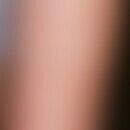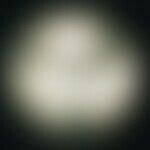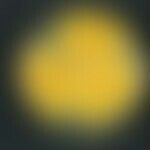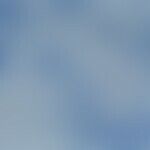HistoryThis section has been translated automatically.
Bodin, 1907; Guiart and Grigorakis, 1928
General informationsThis section has been translated automatically.
Geophilic dermatophyte. Saprophyte in the cycle of the keratin-degrading microflora of the soil. For humans of low pathogenetic importance and low contagiousness.
You might also be interested in
Occurrence/EpidemiologyThis section has been translated automatically.
Worldwide spread. Rarely in Europe or North America; more common in South America. Mostly pH-value independently settled in culture soil. Common in connection with occupational exposure, especially for gardeners, agricultural or forestry workers.
ClinicThis section has been translated automatically.
S.u. Microsphore. Usually starting as redness, reddened papules or reddened plaque. Very rarely infestation of hair shaft and nails, but occasionally of lanugo hair. Almost always solitary foci on uncovered parts of the body that had direct contact with the ground ("gardener microspores").
MicroscopyThis section has been translated automatically.
- Hyphae are only found in young colonies.
- Microconidia: Rare, spindle-shaped or pear-shaped, length: 4-7 μm, width: 2-4 μm.
- Macroconidia: Very frequent and often clustered together, thin-walled, clumsy with symmetrically rounded ends and 4-6 chambers, length: 20-70 μm, width: 7-20 μm, often collapsed with bizarre appearance when grown in dry culture environment.
LiteratureThis section has been translated automatically.
- Khosravi AR, Mahmoudi M (2003) Dermatophytes isolated from domestic animals in Iran. Mycoses 46: 222-225
- Vella Zahra L et al (2003) Characteristics of superficial mycoses in Malta. Int J Dermatol 42: 265-271
- Haga R, Suzuki H (2002) Tinea capitis due to Microsporum gypseum. Eur J Dermatol 12: 367-368
- Fernandez-Torres B (2002) Subcutaneous infection by Microsporum gypseum. Br J Dermatol 146: 311-313
Outgoing links (1)
Microsphere;Disclaimer
Please ask your physician for a reliable diagnosis. This website is only meant as a reference.








